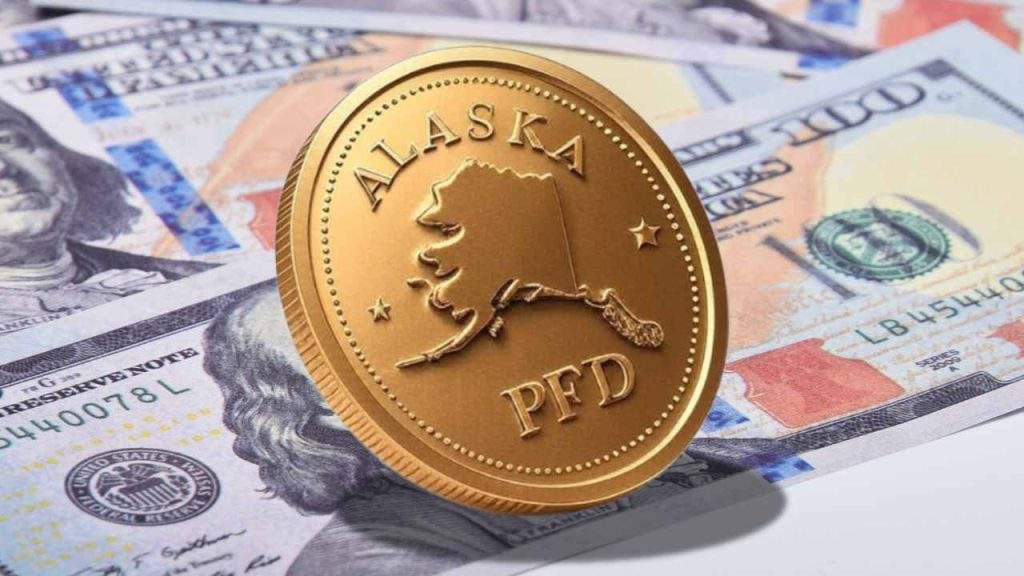Nearly 500,000 Alaskan taxpayers will receive a one-time payment of up to $1,702 this year through the Permanent Fund Dividend (PFD), a unique state program distributing oil wealth to residents. Unlike federal stimulus, this payment is recurring and designed to offset Alaska’s high cost of living.
For 2025, the base amount includes an energy relief bonus of $298.17, totaling $1,702—a 30% increase from 2024, reflecting fund performance and bipartisan legislative support. Payments will roll out in three projected batches: June 18 for applications marked “Eligible-Not Paid” before June 11; then, there’s the date July 17, and finally, the round of August 21.
Who’s eligible to claim the PFD stimulus checks in 2025
It’s actually not that complicated to be considered eligible, but here is a breakdown of the four basic requirements:
-
Be Alaska residents for all of 2024.
-
Physically reside in the state for at least 72 consecutive hours in 2024.
-
Have no felony convictions or incarcerations exceeding one year.
Applications must be submitted by March 31, 2025, via Alaska’s Department of Revenue.
Approximately 480,000 residents will benefit, particularly in rural areas with extreme living costs. Payments arrive via direct deposit or paper check. Applicants must update addresses on the “myPFD” portal to avoid delays. The IRS treats PFD as federally taxable income, though Alaska imposes no state tax.
As payments begin, lawmakers debate the PFD’s long-term sustainability. House Bill 359 (HB359) proposes $5,000 annual payments for 2026-2028, raising concerns about the fund’s solvency. The PFD Division will close for public inquiries from July 7–18, 2025, to process pending applications.
Unlike this established program, no federal stimulus checks are expected. Initiatives like “DOGE Dividends” never materialized, and Elon Musk’s exit—who pitched the idea to Donald Trump—makes revival unlikely. For Alaskans, the PFD remains an economic lifeline in a high-cost environment.
How does the PFD program finances itself?
The Permanent Fund Dividend (PFD) was established in 1976 after Alaska voters amended the state constitution to create a savings account for oil revenues. The first dividend was paid in 1982, setting a precedent for annual distributions. The program aims to share Alaska’s natural resource wealth with residents while encouraging long-term financial stability.
Over the decades, the PFD has become a cornerstone of Alaska’s economy, though debates persist about its funding and sustainability. The amount fluctuates yearly based on oil revenues and legislative decisions, with payments typically issued in October.
In the past 10 years, PFD amounts have varied significantly. The highest payment was $2,072 in 2015, while the lowest was $1,114 in 2020 due to economic challenges. Recent payouts include $1,312 (2021), $3,284 (2022), and $1,312 (2023). The 2024 dividend was $1,304, and 2025’s is projected at $1,702, including an energy relief bonus. These fluctuations reflect oil market volatility and political decisions. Despite changes, the PFD remains a vital financial boost for Alaskans, especially in rural areas with high living costs in the “Last Frontier State”.
